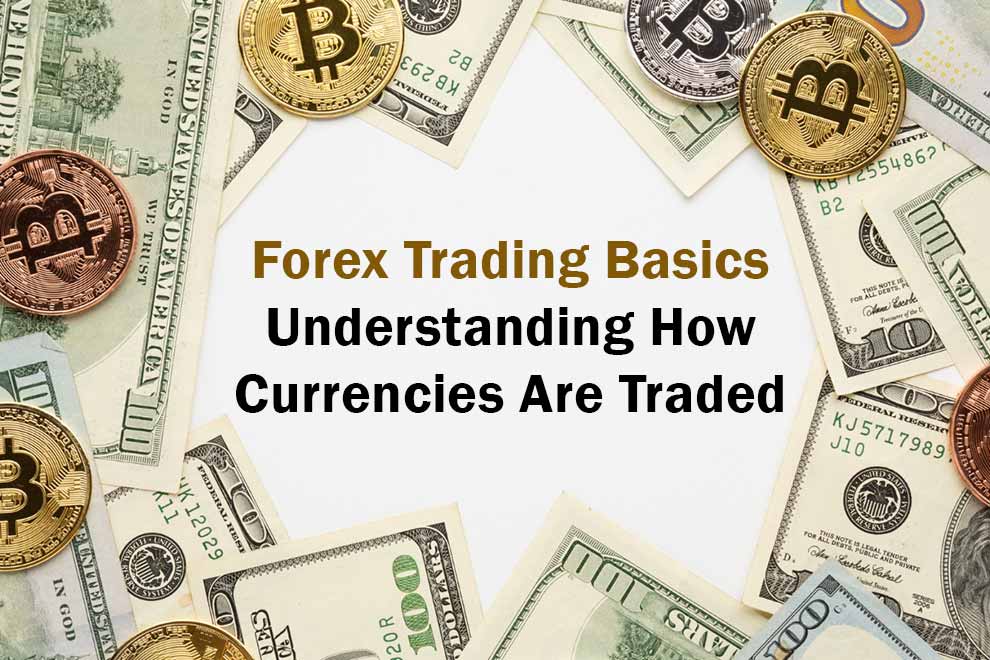In the world of finance, currency trading—commonly referred to as forex trading—is an essential aspect of the global economy.
In addition to grasping what is forex trading with all its basics, you should be aware of various methods through which currencies are traded.
Below are six key methods that elucidate how currency pairs are exchanged in the forex market. So, continue to read on…
- Spot Forex Trades
It’s one of the top methods, revolving around the immediate exchange of currencies at the current market rate. Typically, within two business days, transactions are settled “on the spot.”
Thanks to its simplicity and transparency, spot trading is a popular option, allowing traders to profit from real-time fluctuations in exchange rates.
- Forward Contracts
Compared to spot trades, forward contracts allow traders to agree on a currency exchange rate today for a transaction that will take place on a specific future date.
This trading method works wonders for businesses and investors who are seeking to hedge against potential adverse movements in exchange rates. When you lock in rates, you can better manage financial risks associated with currency fluctuations.
- Futures Contracts
Just like forward contracts, future contracts are agreements to buy and sell a specific amount of currency at a predetermined price at a future date.
Nonetheless, futures are standardised and traded on exchanges, thereby providing greater liquidity and transparency. They also necessitate a margin deposit, which enables traders – both novices and experienced ones – to leverage their positions while managing risk effectively.
- Currency Options
Beyond the above methods, this one gives traders the right, but not the obligation, to buy or sell a currency at a specified price before a set expiration date.
Being particularly useful to manage risk, currency options allow traders to benefit from favourable market movements. They won’t need the strong commitment of a futures contract.
Remember, options offer flexibility and can be tailored to ensure the best alignment with specific trading strategies.
- Exchange-Traded Funds (ETFs)
Known as investment funds, currency ETFs are effective in tracking the performance of specific currency pairs or a basket of currencies.
As a trader, investing in these funds will give you exposure to foreign exchange markets without requiring direct currency trading.
Be aware that ETFs provide liquidity, diversification, and ease of access for investors looking to capitalise on currency movements.
- Margin Trading
If you intend to borrow funds to trade positions that exceed your account balance, this method will help you out. Margin trading increases both potential profits and losses, making it a high-risk, high-reward strategy.
That’s why it’s strongly advisable to maintain a minimal balance in their accounts to avoid margin calls. That’s what occurs when the account equity falls below the required threshold.
Wrapping It Up
Once you understand these six methods of currency trading, you can develop more nuanced strategies that align with your investment goals and risk tolerance. As the Forex market is dynamic and continually evolving, being informed about all its intricacies can lead you down the path to long-term success.
Also Read : Forex Trading in the Digital Age: Leveraging Technology for Success











